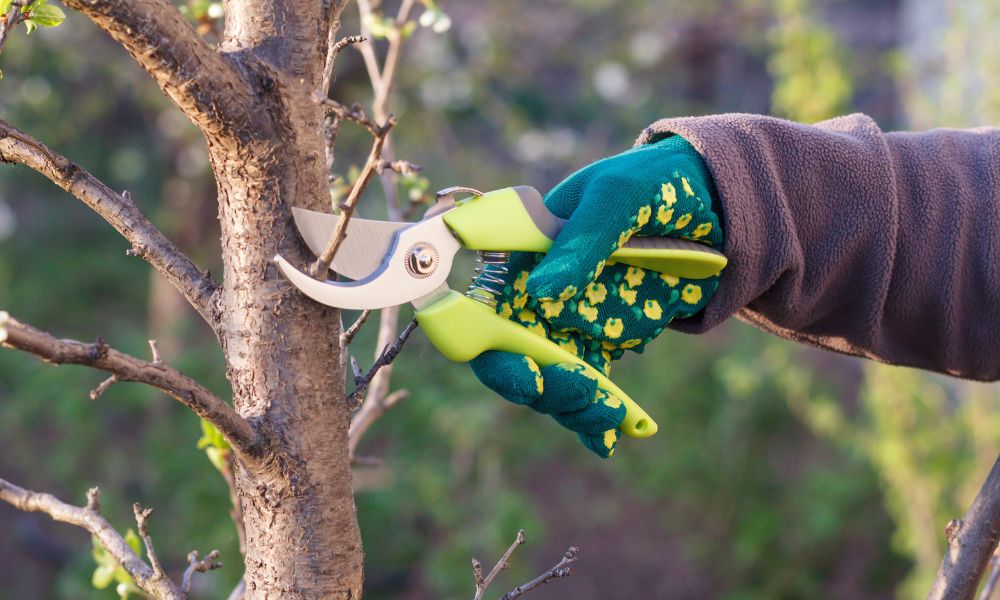Maintaining your trees’ health is vital, and tree trimming and pruning are integral to that. Both processes are necessary to ensure the tree’s healthy growth and prevent any damage. However, some people use the terms “tree trimming” and “tree pruning” interchangeably, sparking confusion as to what they are. Although they sound similar, these two processes are distinct. We’ll discuss the key differences between tree trimming and tree pruning and some essential facts to know.
Maintenance Objective
The primary difference to know is what each process sets out to achieve. Tree trimming involves cutting down problematic branches to improve the safety of a property. The trimming removes broken or dead branches and controls potential hazards by removing branches that are too close to power lines or buildings. On the other hand, tree pruning promotes the healthy growth of the tree by controlling its size and shape. The objective of tree pruning is to eliminate branches—even living ones—to improve air circulation and sunlight penetration and enhance the tree’s overall structure.
Cutting Techniques Used
With tree trimming, professionals use special techniques to remove dying branches and alter the tree’s size. These techniques include simple thinning cuts or reduction cuts. Conversely, tree pruning involves a range of cutting techniques like crown thinning, crown reduction, and crown raising. Crown thinning removes a portion of smaller branches to improve light and air penetration. Crown reduction, as the name suggests, involves cutting back the tree’s limbs to prevent it from becoming too large. Crown raising removes the lower branches of the tree to raise the canopy.
Required Tools
Another key difference between tree trimming and pruning has to do with the tools needed for the above techniques. Tree trimming only requires basic hand tools, such as pruning shears, lopping shears, pruning saws, and pole pruners. These can easily trim and shape dead branches that are typically at eye level. However, tree pruning calls for more sophisticated and powerful tools like chainsaws and pole saws, especially for branches that are higher and thicker.
Frequency of Practice
These two practices even differ in how often you should use them. Trimming should occur a few times a year as needed. This allows you to effectively remove branches that could harm your home or neighbors. Since it’s more intensive, pruning only needs to happen every two or three years to ensure your trees are growing properly.
When you have this knowledge and a quality residential tree trimming service on your side, you can take good care of your land and maintain your trees’ health. Watts Tree Service can help you pinpoint the exact areas to address on your trees and ensure that they stay well-kept for years.
Last modified: April 25, 2025

